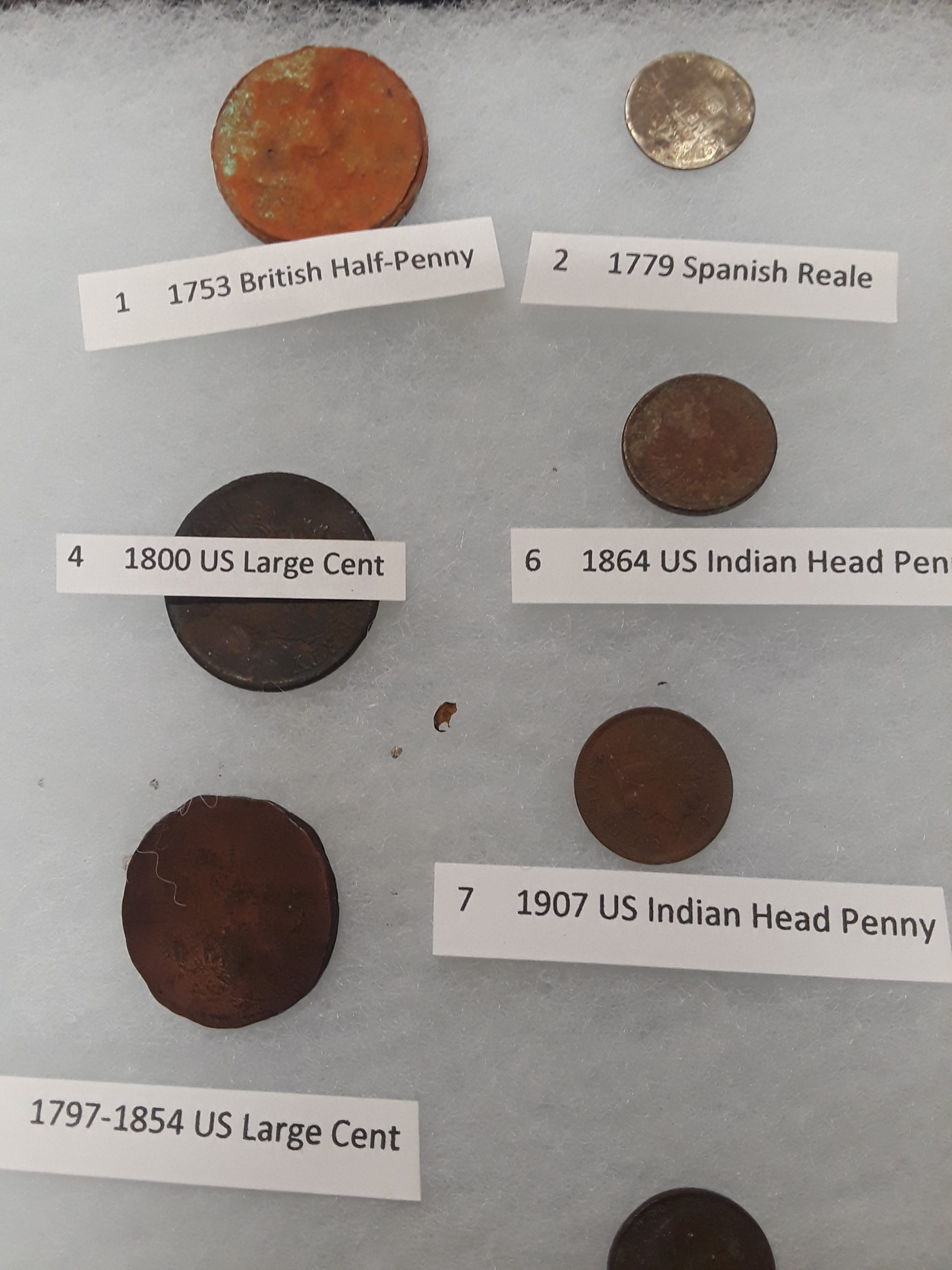Story by Sara Paul
US Federal Air Marshal Michele Paul died suddenly on November 7, 2018. She was 40 years young.
Michele was my sister-in-law and dearest friend for more than a decade. Her death hit our family like a ton of terrible bricks as we struggled with questions and regrets. Michele passed away en route from Germany to Dulles International Airport while on duty, of aortic complications due to Marfan Syndrome.
Our family is no stranger to this affliction as my husband, Brian, and daughter, Jane, also carry the gene. I can recall three days after my wedding, spending nine hours in New York University Langone’s massive lobby waiting for my husband to come out of critical open-heart surgery. A few years later, three months after our daughter was born, I sat in that same Midtown lobby, this time waiting to hear if my 37-year-old husband would live or die. After 29 terrifying days in the hospital, he lived.
Brian also lost his father and his uncles to Marfan Syndrome when they were in their 40s, the average life span for those not treated. Our daughter Jane, now 8, takes medication daily to mitigate the effects of the Syndrome.
At 45, my husband recently underwent his fifth (and hopefully last) surgery to repair his aorta. We are praying that with the early intervention and medication, Jane will not have to ever be a candidate for these highly invasive and dangerous procedures.
Marfan Syndrome is an invisible condition and is almost always fatal if untreated. As February is Marfan Month, I sincerely ask that individuals seek information, educate themselves, and spread the word. This will help to save lives. Unfortunately, many people have not heard of this genetic disorder that affects approximately one in 5,000 individuals.
According to the Marfan Foundation website, there are some physical signs to look for, such as long arms, legs and fingers, tall and thin body type, curved spine, chest sinks in or sticks out, flexible joints, flat feet, crowded teeth, and stretch marks on the skin that are not related to weight gain or loss.
“Harder-to-detect signs of Marfan Syndrome include heart problems, especially those related to the aorta, the large blood vessel that carries blood away from the heart to the rest of the body. Other signs can include sudden lung collapse and eye problems, including severe nearsightedness, dislocated lens, detached retina, early glaucoma, and early cataracts. Special tests are often needed to detect these features,” the Marfan Foundation reports.
Please visit the Foundation website at www.marfan.org, and learn about this disorder. Certainly, donations to the Foundation, which promotes education, awareness, and support, are appreciated, but what matters most is knowledge. Please consider both.
If you or someone you know is affected by Marfan Syndrome, please e-mail saracpaul75@gmail.com for information on local support groups and useful resources.
February 28th is also Rare Disease Day. For information visit https://www.rarediseaseday.org/article/about-rare-disease-day.







